
The artwork was done by David Bowen in 2010. It really interests me because the artwork integrates physical and visual worlds together and fascintes people while confusing them. Modern technologies always give people the impression of aligning nature, but in this artwork nature and man-made object are connected harmoniously and a new mode of ‘nature’ is created. This is a very small piece of artwork and it can serve as a prototype. I can see the potential that the idea being used in creating spatial experience. For example, building a house using the technology might enable people living inside feel how wind moves around the house, which is amazing.
In fact, David Bowen also did a piece of artwork that utilizes movement of objects to imitate the impact of wind. Again, for me the loop of ‘learn from nature, imitate nature, create a new nature’ is the most interesting part of the artwork.
![[OLD FALL 2018] 15-104 • Introduction to Computing for Creative Practice](../../wp-content/uploads/2020/08/stop-banner.png)
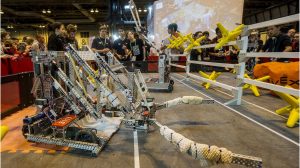
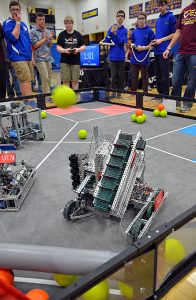

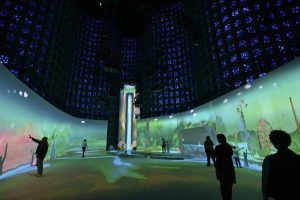

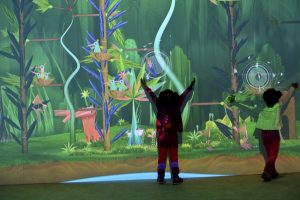
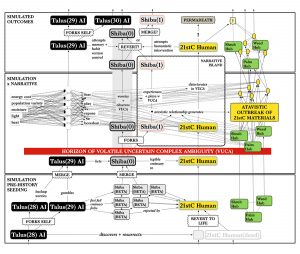
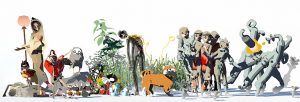
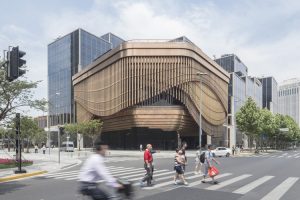
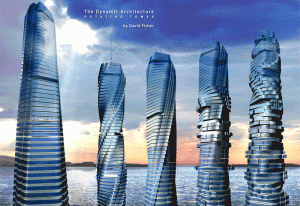 Dynamic Tower, Dubai
Dynamic Tower, Dubai